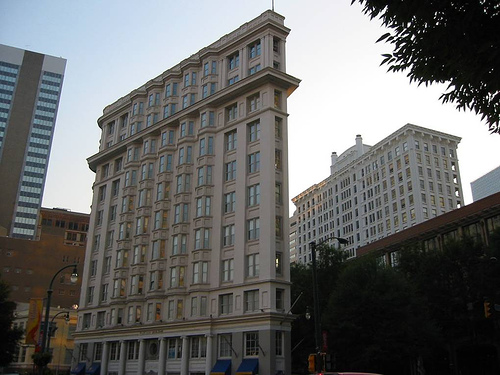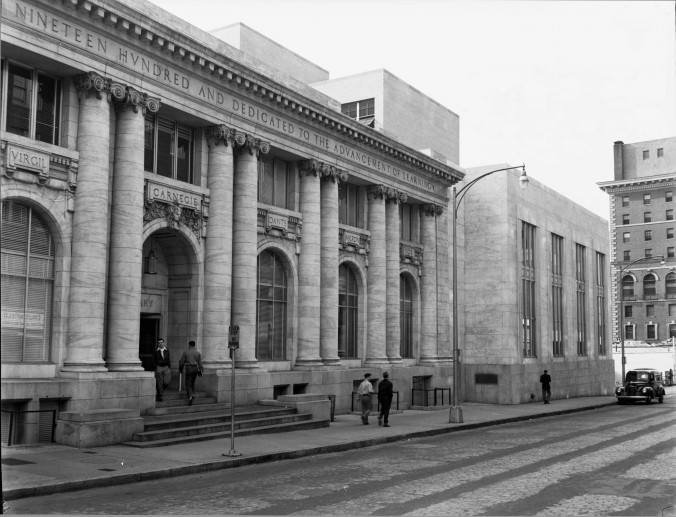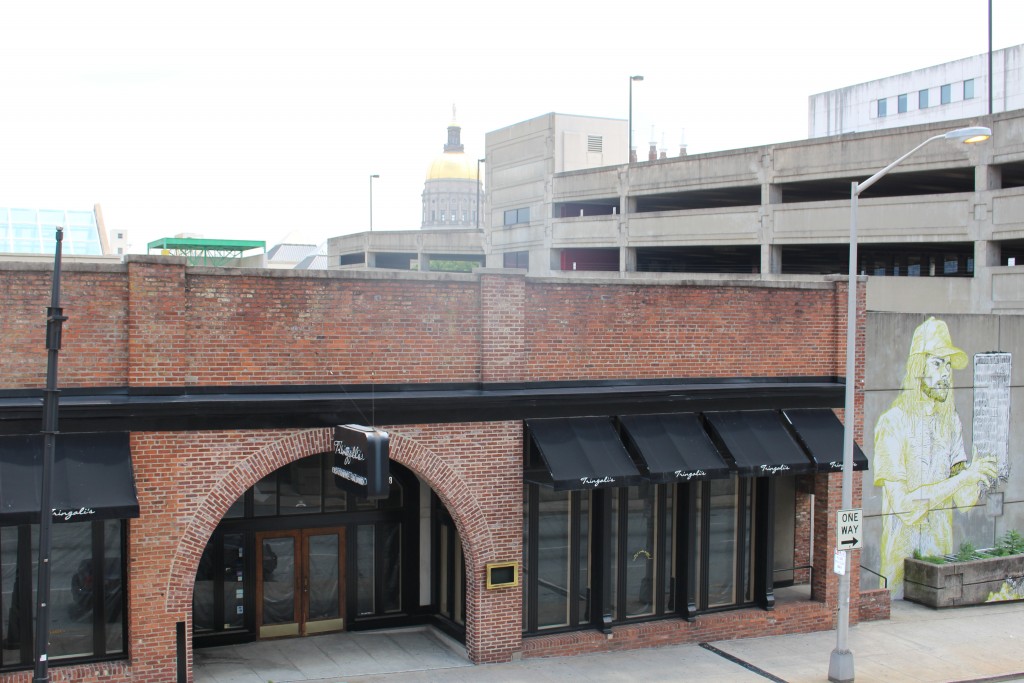Growing up in repressive rural Georgia hours north of Atlanta, I dreamt of going to Pride in Piedmont Park – a chance to experience freedom, joy, hope, and love in the expression of the queer identity. Now at college and in my third year in the city, I am a few months out from attending my third Atlanta Pride. It has been everything I hoped: the colors, smiles, excitement, compliments, free mom hugs, drag queens swinging from poles on moving floats, seeing old friends, making new connections, and overwhelming emotion at the scale of LGBTQIA+ representation. Pride at Piedmont Park and the larger community provides the most electrifying, knowing, and supportive environment where one can see those both alike and different. Every year the smaller-than-you’d-think community gathers bumping into exes and impending self-realization yet are happy in the light air of the large gathering of a normally stigmatized and disjointed community. Experiencing this I found myself curious as to how such a setting, and Atlanta Pride, were born – what people, places, and ideals coalesced to create the resonant gay culture that midtown has become known for?
Continue readingthe histories of our streets
Georgia State University students map Atlanta's past
Tag: Downtown
The Birth of Pride in Atlanta: 20th Century Origins of Gay Rights in Midtown and Downtown
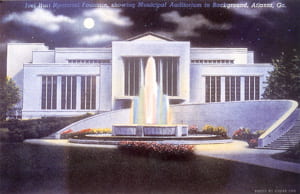
Hurt Park is a two-acre park located at 25 Courtland St SE. Opening in 1940, the park transformed “an area of rambling, obsolete and run-down structures into a rolling stretch of green lawns.”1 Named after Joel Hurt, one of the most influential people in the city’s early history, the park is now co-owned by the City of Atlanta and Georgia State University after a recent renewal. But what was the history behind the land and the man it was named after?
Continue readingThe William Oliver Building: Atlanta’s Original Art-Deco Highrise
)
Downtown Atlanta is certainly devoid of many of its original prominent buildings. Just a few, such as the comically endearing wedge-shaped Flatiron Building and the lavishly decorated Candler Building sit amongst modernist monuments to an era of Urban Renewal and post-war corporatism. One of these surviving buildings was also the city’s first entry into the Art Deco wave of the late ’20s and ’30s, the William Oliver building.
Continue readingDr. King’s Nobel Prize Banquet and Coca-Cola during the Civil Rights Era
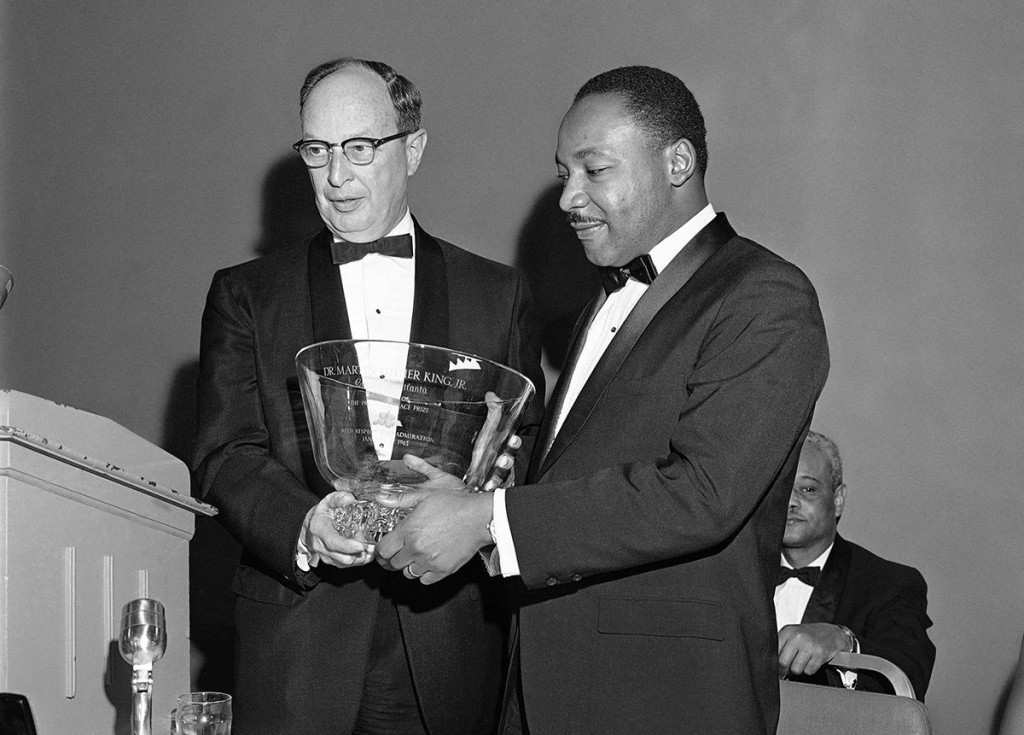
“African American integration leader Dr. Martin Luther King Jr., with Rabbi Jacob Rothschild in Atlanta. January 27, 1965.” AJCP552-028b. Atlanta Journal-Constitution Photographic Archive. Special Collections and Archives, Georgia State University Library
In January 27th of 1965, a huge dinner banquet was held in Dinkler Plaza Hotel (known as Hotel Ansley until 1953), located alongside Williams street in downtown Atlanta. The banquet was to congratulate and honor an Atlanta native who just won the Nobel Peace Prize in November 1964, the leader of the Civil Rights Movement, Dr. Martin Luther King Jr. The banquet was a huge success, and was attended by as many as 1,500 people of both black and white races. The New York Times next day reported that “the Dinkler Plaza Hotel was jammed far beyond comfortable capacity with Atlantans” who “stood and sang [We Shall Overcome], the most famous song of the civil rights movement”, and commented that the successful banquet was “symbolic of Atlanta’s attitude on race relations”.[1]
However, though it is not very well known, success of this banquet and the civil rights movement in general, were also closely tied to Coca-Cola, an Atlanta native company that became an international giant. The banquet to honor Dr. King was a symbolic incident which highlighted Coca-Cola Company’s effort to respond to a changing American society, and to the civil rights movement during the 1960’s and 1970’s. Continue reading
The Flatiron Building of Atlanta Georgia
Everyone who drives through Atlanta on interstate-85 will wind through the city passing by a multitude of skyscrapers. Coming south from the north, you will pass the iconic Olympic torch, the Varsity, the Bank of America plaza (the “Pencil building”), the W, and the Westin, among others. Atlanta is ever-growing as cranes are scattered throughout the city, adding more lines and structure to the skyline. But if you drive off the highway and head deeper into the city to find the Fairlie-Poplar Historic District, you can get a glimpse of the elders amongst the giants.
The history of Atlanta’s Carnegie Library is the story of a building, the story of the people who used its services and the story of the systems that were built to maintain and take advantage of it. Unknown to most Atlantans is that the public library system, seen as an everyday, normal part of life in Atlanta, had its very beginnings in that building. The story of this old building is particularly difficult to grasp because it has been torn down and replaced with the new Atlanta-Fulton Public Library on the same piece of land. In this report, I found it important to embrace the human element by discussing the works of individuals to create the Carnegie Library system, such as Anne Wallace and Andrew Carnegie. But I also did not wish to ignore the social and economic factors that affected it, such as the racial politics of the Jim Crow South. The connections between an international system of Carnegie libraries and the specific Atlanta branches helped to bring historical context and answer questions of continuity and perception.
Hello! I’m Diana, student at Georgia State University located at the heart of Downtown Atlanta. As a student, I have embraced this great city and its history. One of my favorite buildings in Atlanta is the Muse Building. This structure was once the site of one of the largest retailers in the city, and perhaps, the Southeast. I have had fun researching and learning about this Muse’s and I hope that fellow residents, newcomers, and students enjoy reading.
Hello fellow theater lovers! My name is Allison, and I live in Atlanta Georgia which is home to the Georgia State University campus, where I am currently studying history. Atlanta has been known as a home for the many beautiful theaters such as the Fox Theater as well as the Loew’s Grand Theater (which unfortunately is no longer a standing theater). My personal favorite theater is located right on the Georgia State Campus known as the Rialto Center for the Arts. I fell in love with the Rialto after going to a few of my school of music friends recitals. I wanted to further my knowledge in the history of this astonishing theater. The Rialto was a wonderful location to research and I hope you enjoy learning about this location as much as I did.

Myke Johns, “Georgia History:100 Years of Georgia State University.” Atlanta’s NPR Station, Nov. 22, 2013.
UPDATE: KELL HALL WAS DEMOLISHED IN 2019-2020
If you attended Georgia State University, Kell Hall is forever ingrained in your memory. It was the old building where classrooms were frustratingly hidden away in bizarre half-level floors. There was an odd rampway that you climbed arduously to reach science labs on 4th, 5th, and 6th floors. You remember the gray and beige exterior that seems aesthetically questionable. What If I told you that these features were purposely designed by well-renowned engineers? What if Kell Hall was meant to be a beautiful and technological marvel? What if Kell Hall had a secret past in a different life? In search of these answers, let’s journey into the mysteries of the secret past of Kell Hall.
This building, which is the result of a sequence of viaduct constructions that began in 1899, lies on top of what is currently known as “Underground Atlanta”.[1] A viaduct project commenced in response to the growing traffic problem. The automobile’s growing popularity clashed with the preexisting railroads. The rise in the automobile’s popularity contributed to significant increases in traffic congestion as well as accidents on the city’s roadways.
Across the street from the Georgia State Capitol building in Atlanta lays a small enclosure at the intersection of Washington and Mitchell Street called Talmadge plaza. When you stroll past Governor Herman Tallmadge’s statue there, a twelve-foot tall bronze figure can be seen overlooking the small square. The somber epithet “Honor’s Path He Trod” is chiseled beneath the figure’s feet. It’s the statue of the infamous Southern demagogue himself, Thomas E. Watson. Continue reading
Antebellum and Civil War Businesses and Workers Demolished Buildings Downtown Education Food and Dining Grant Park GSU's Campus Highways Historic Buildings Immigrants Memorials NE ATL NW ATL Old Fourth Ward OTP People Politics Public Housing SE ATL Sports and Entertainment Summerhill SW ATL Sweet Auburn
Subscribe by Email
Completely spam free, opt out any time.
Please, insert a valid email.
Thank you, your email will be added to the mailing list once you click on the link in the confirmation email.
Spam protection has stopped this request. Please contact site owner for help.
This form is protected by reCAPTCHA and the Google Privacy Policy and Terms of Service apply.

Header image: George F. Cram, Atlanta (1883)
© 2024 the histories of our streets
Theme by Anders Noren — Up ↑
